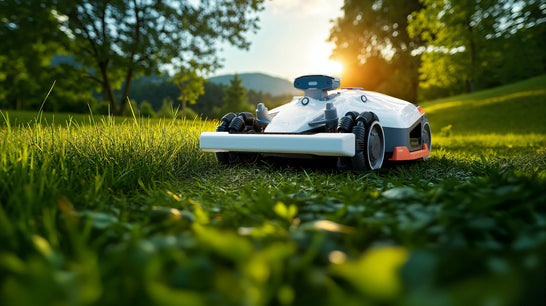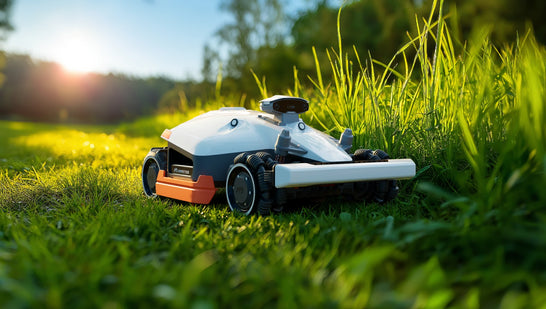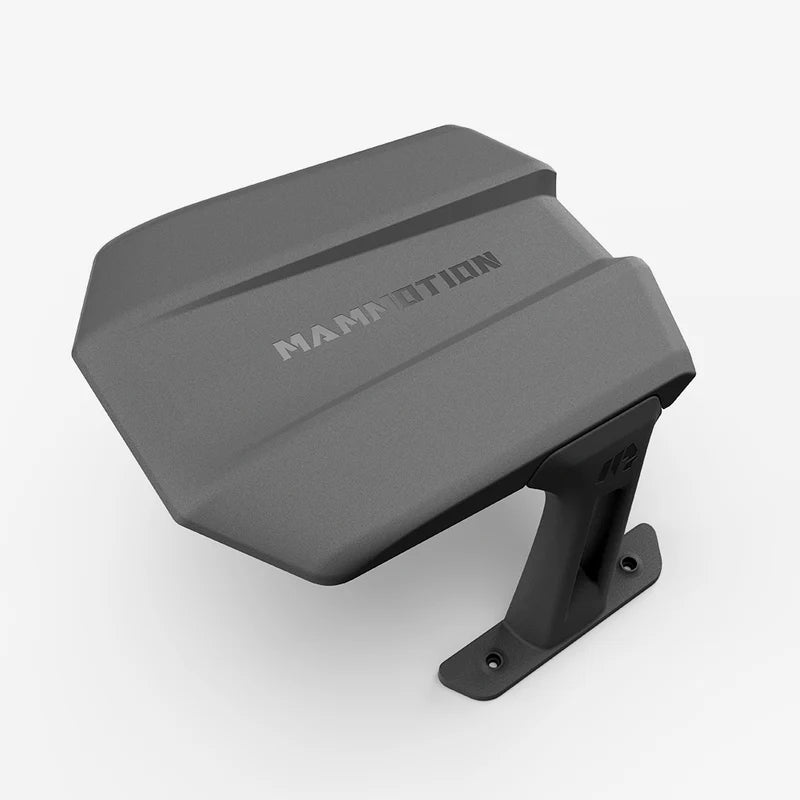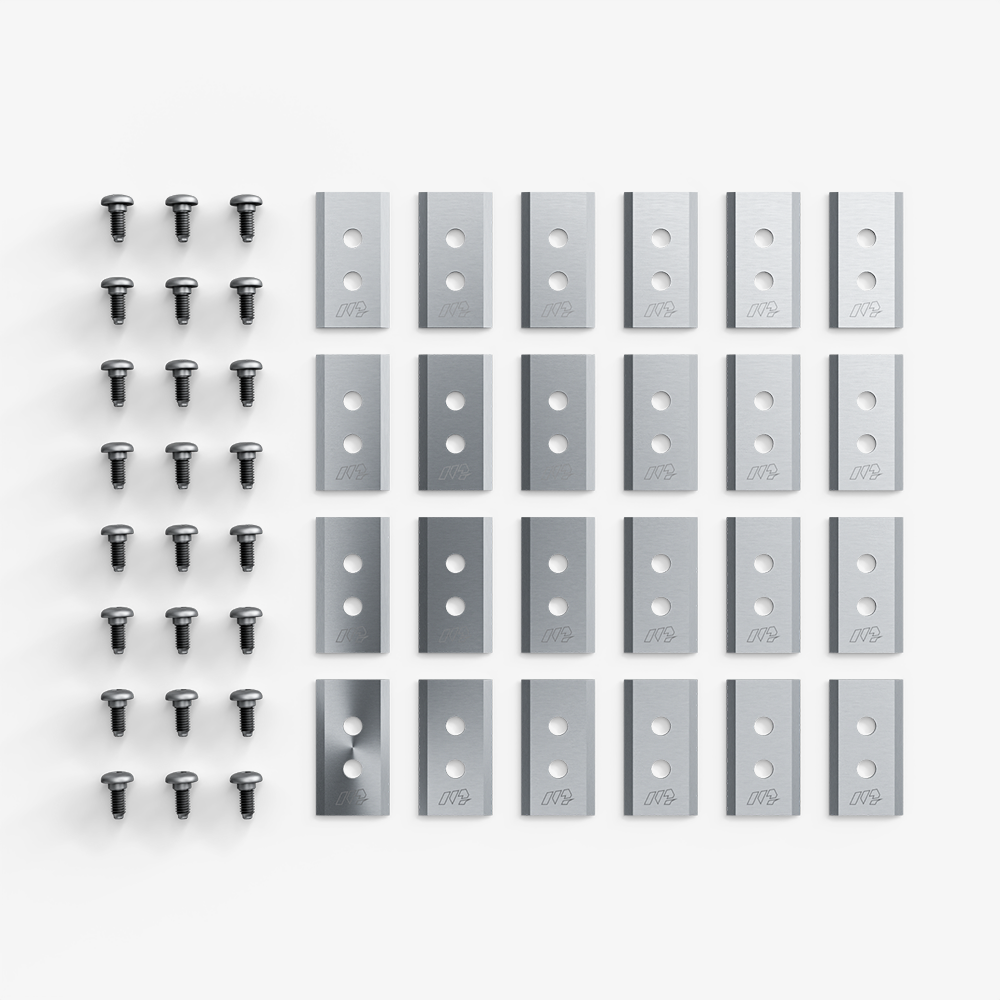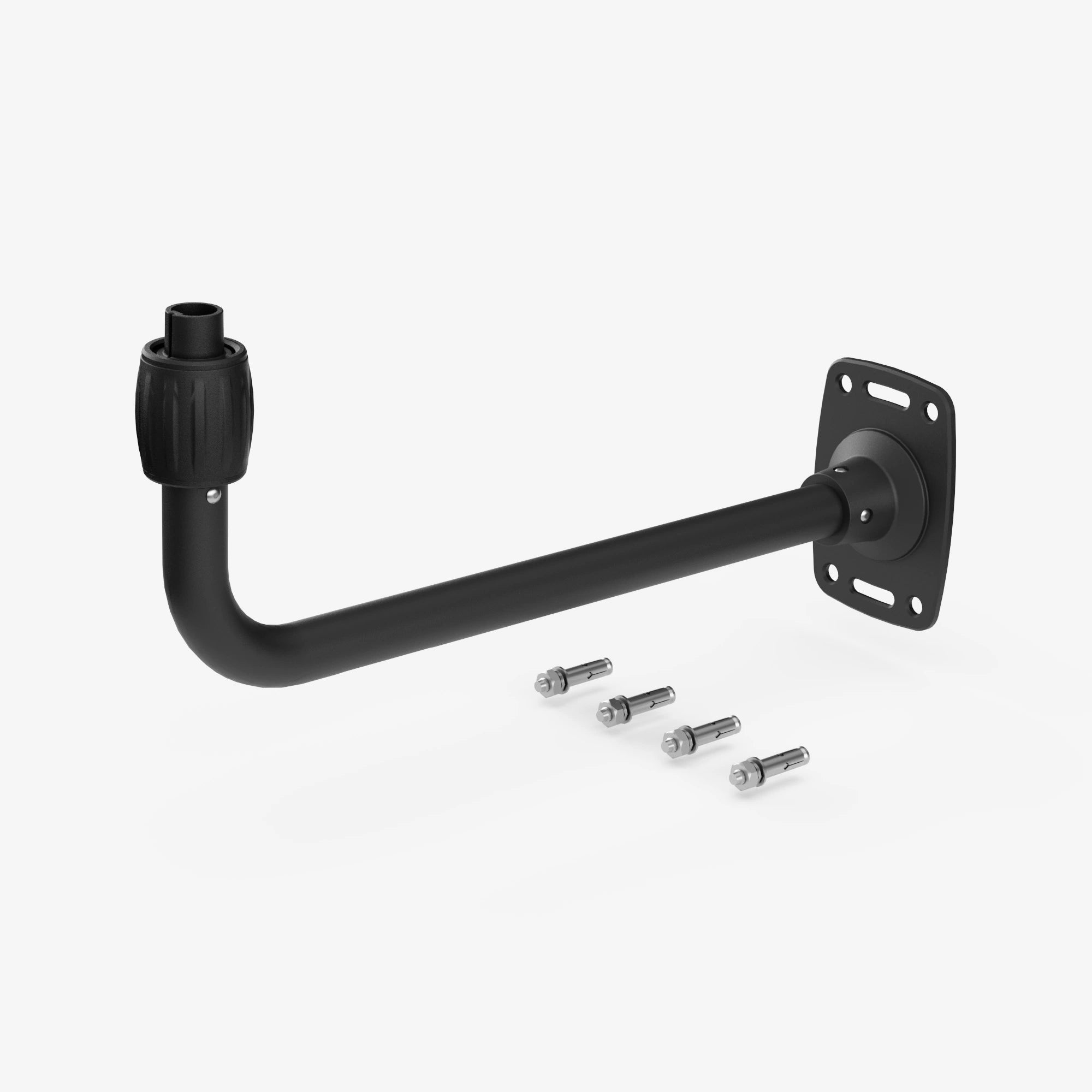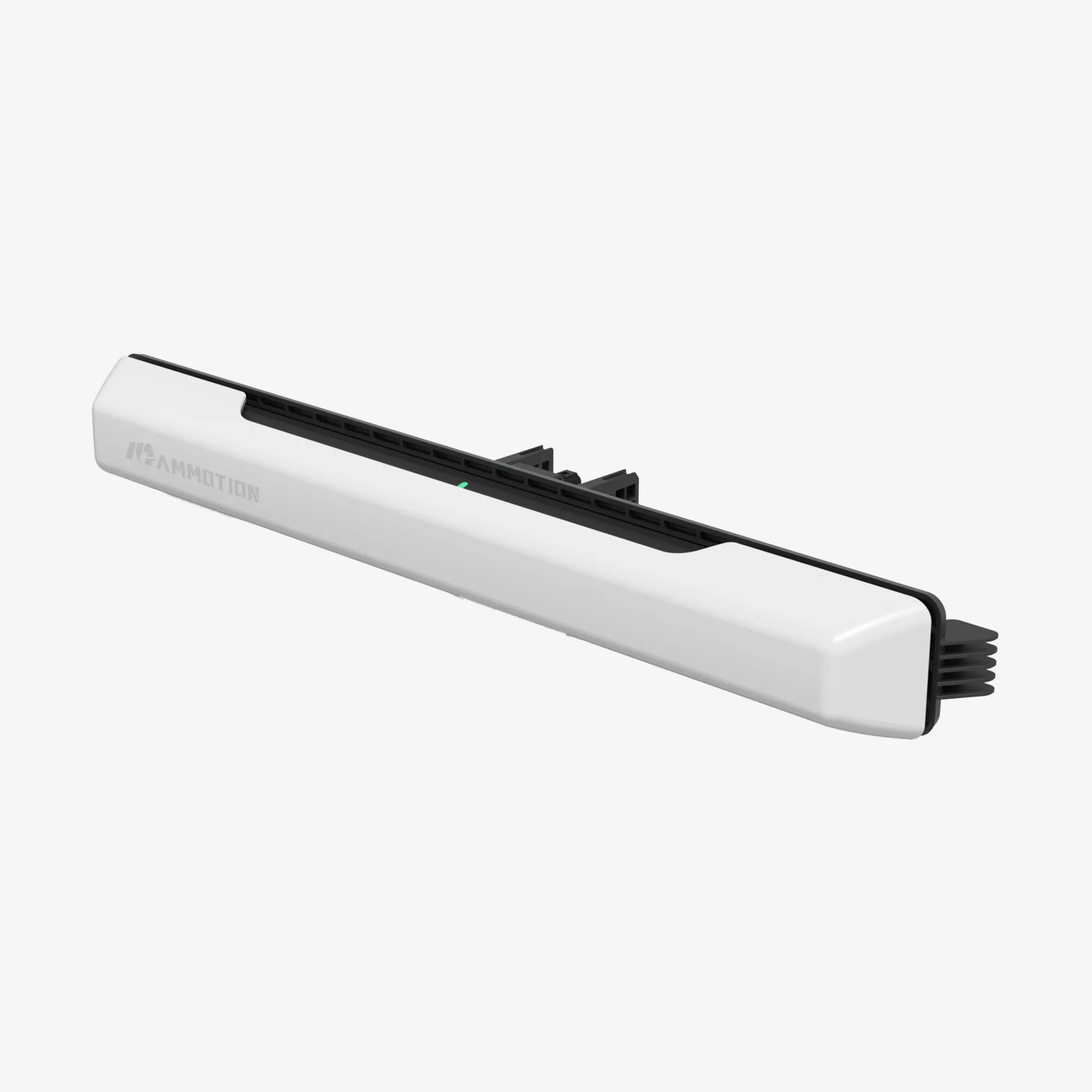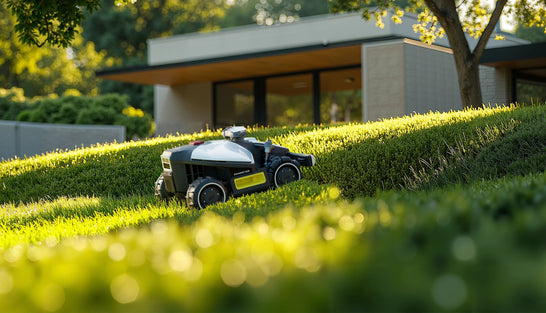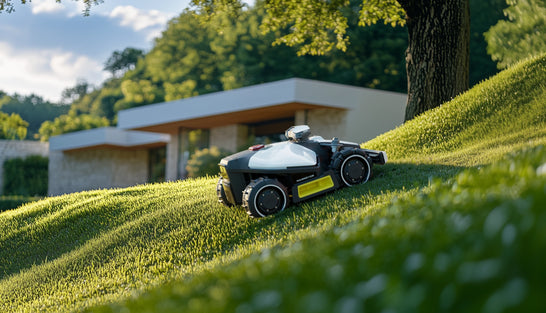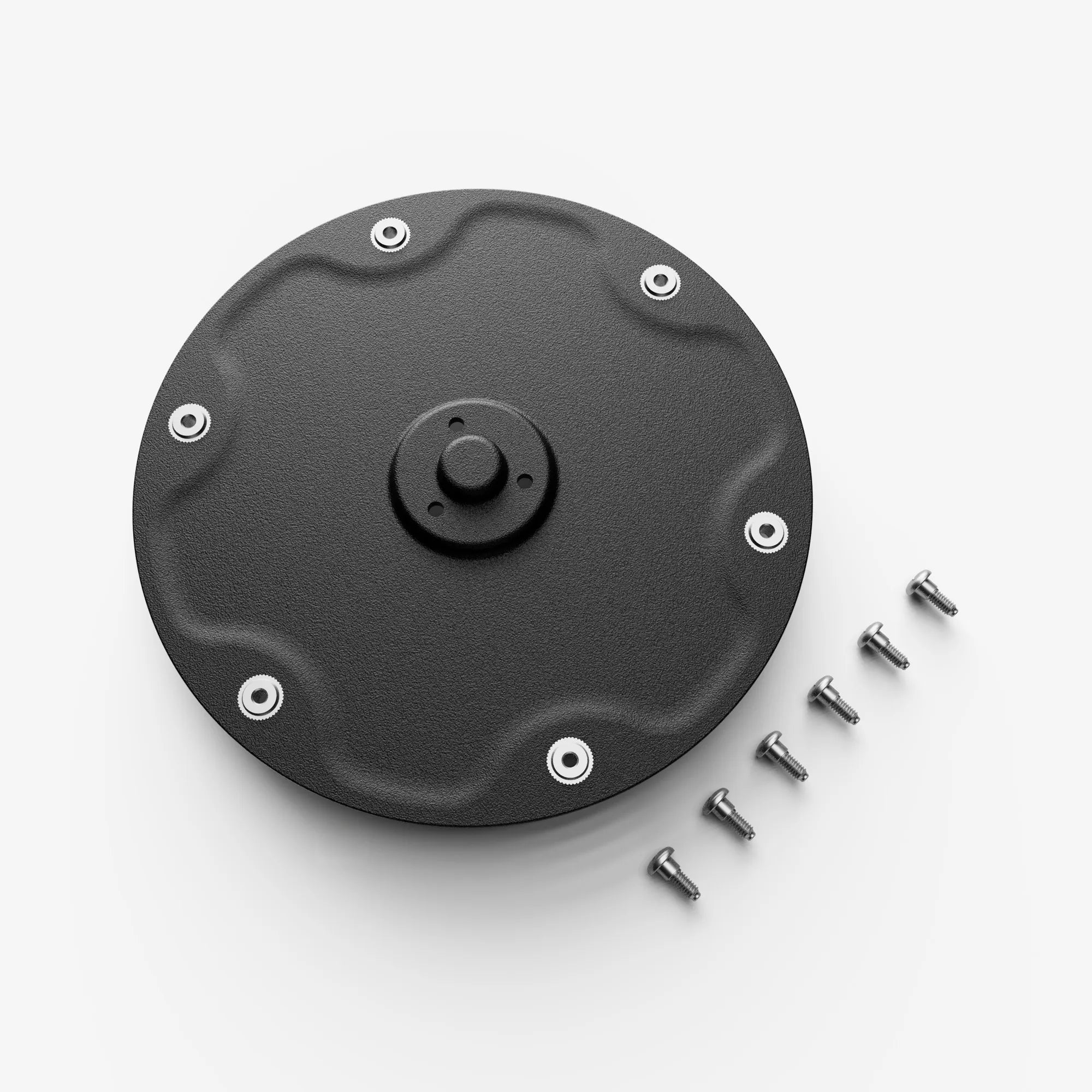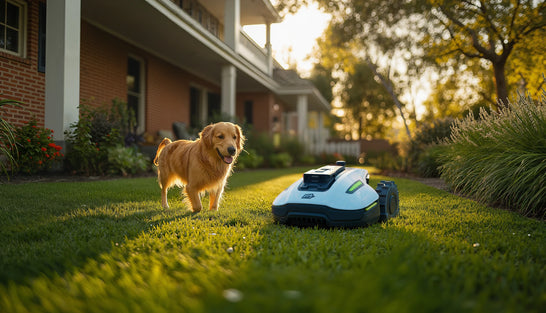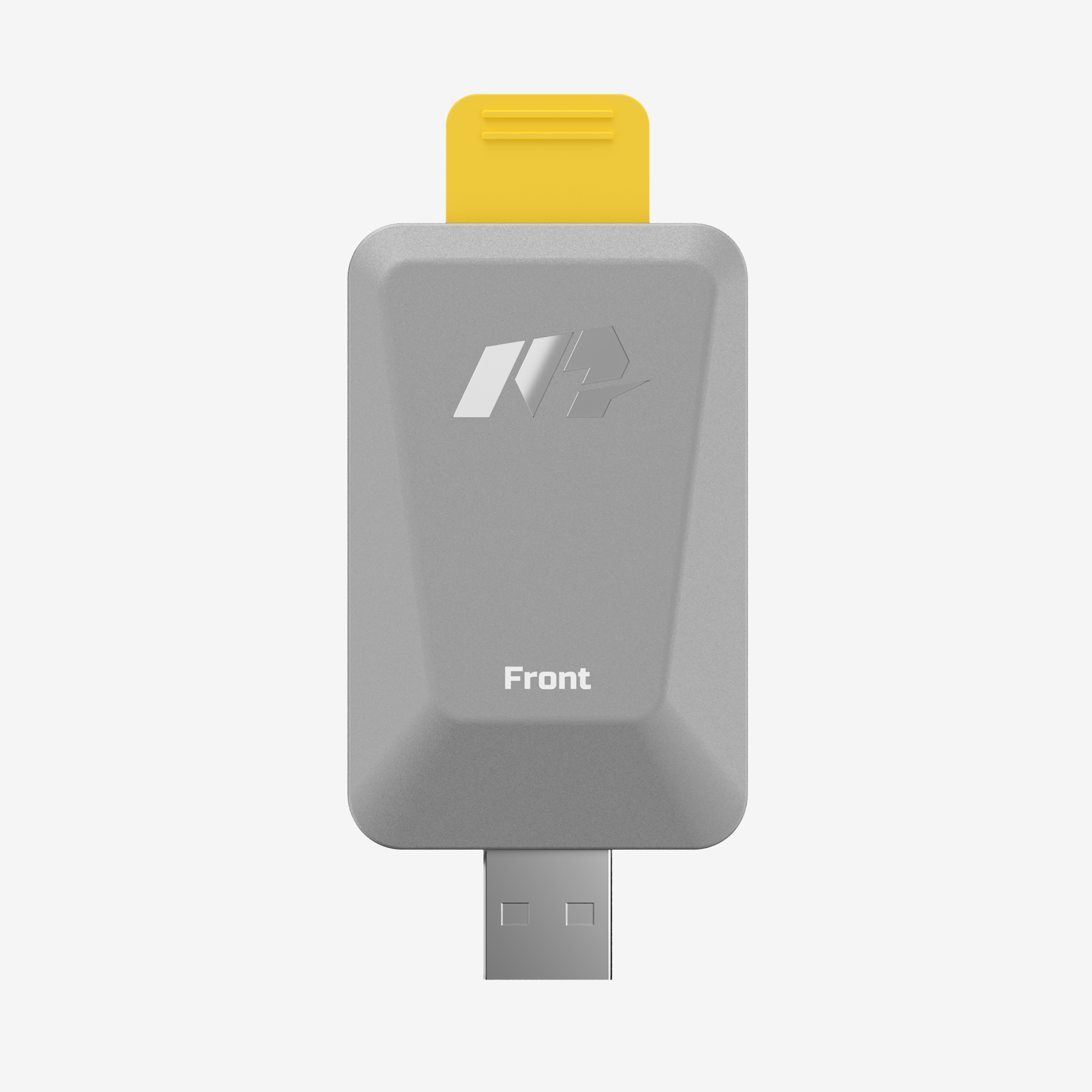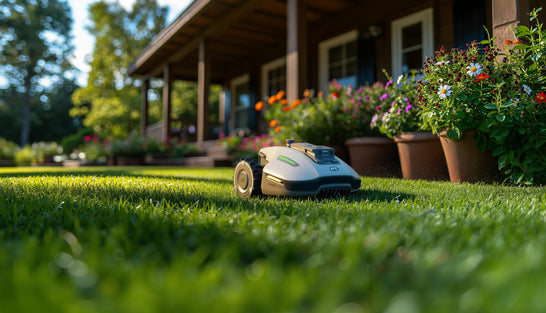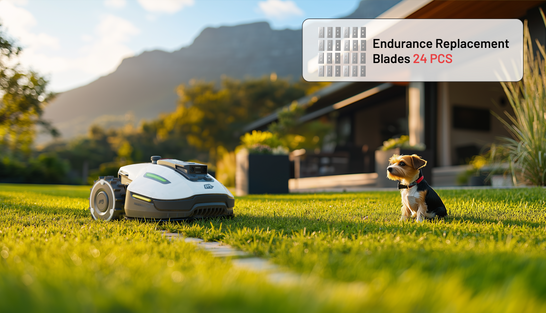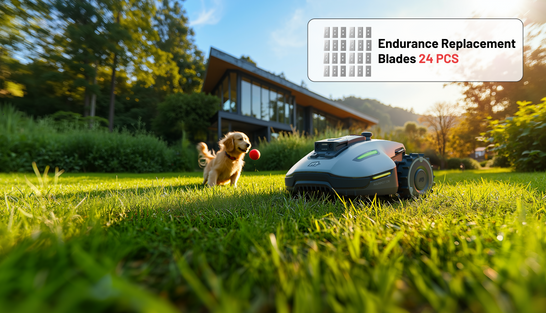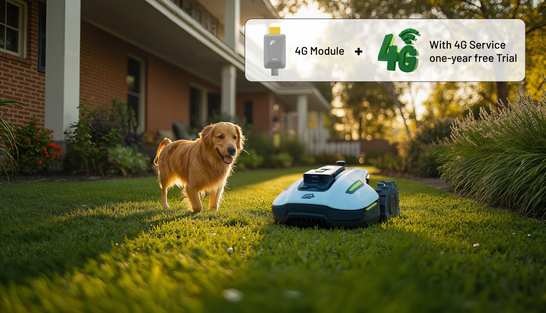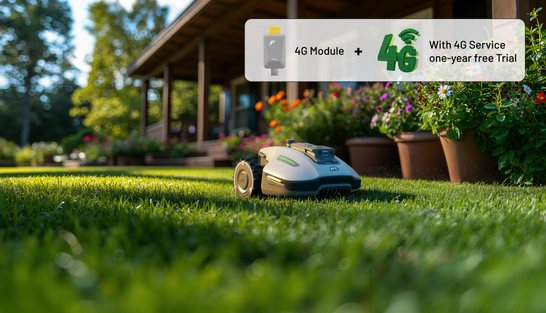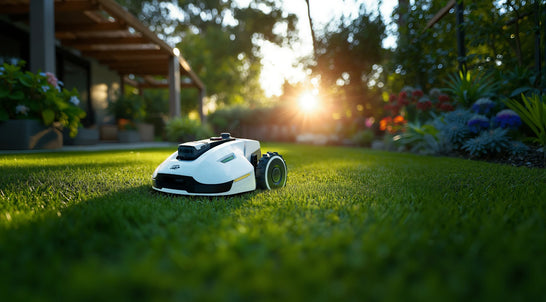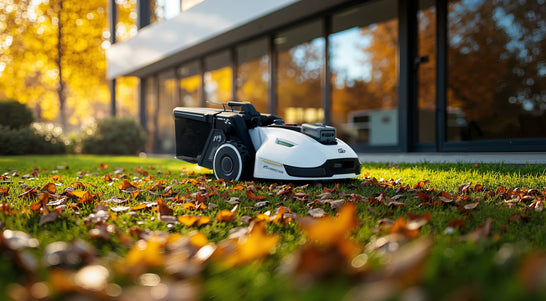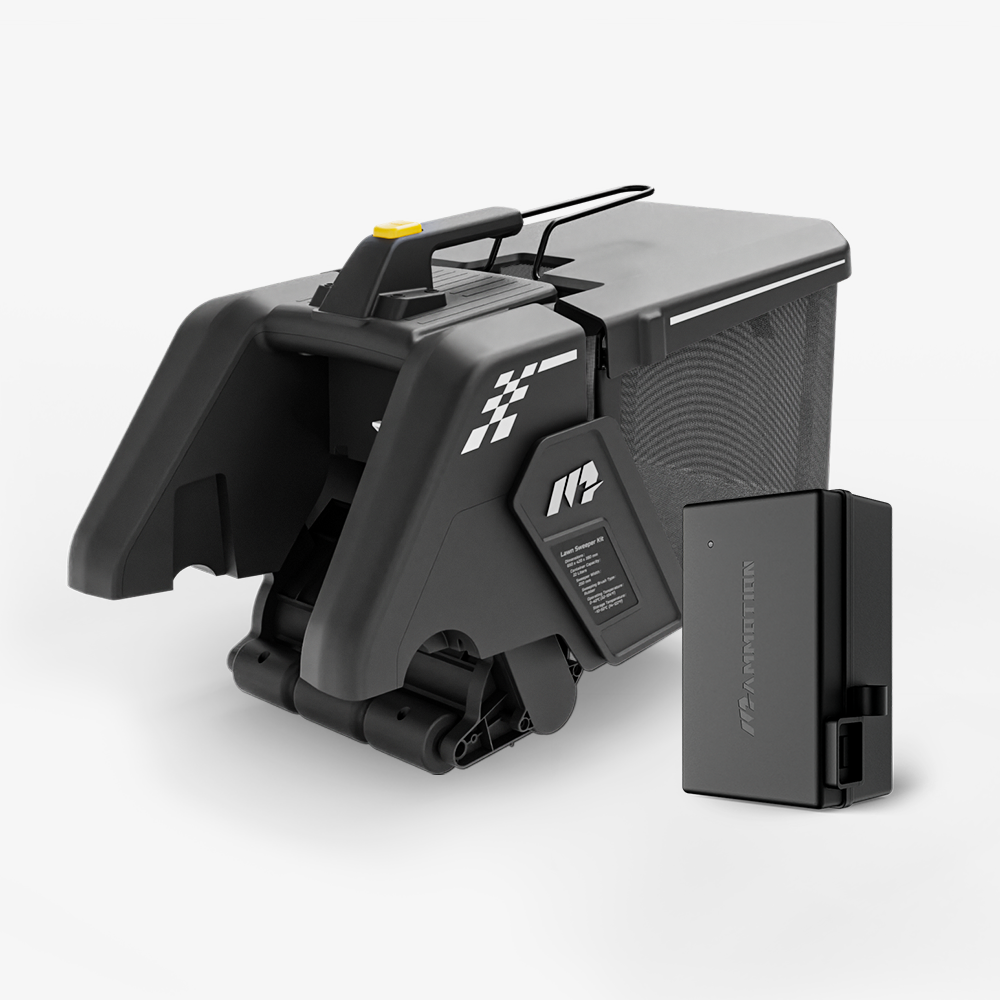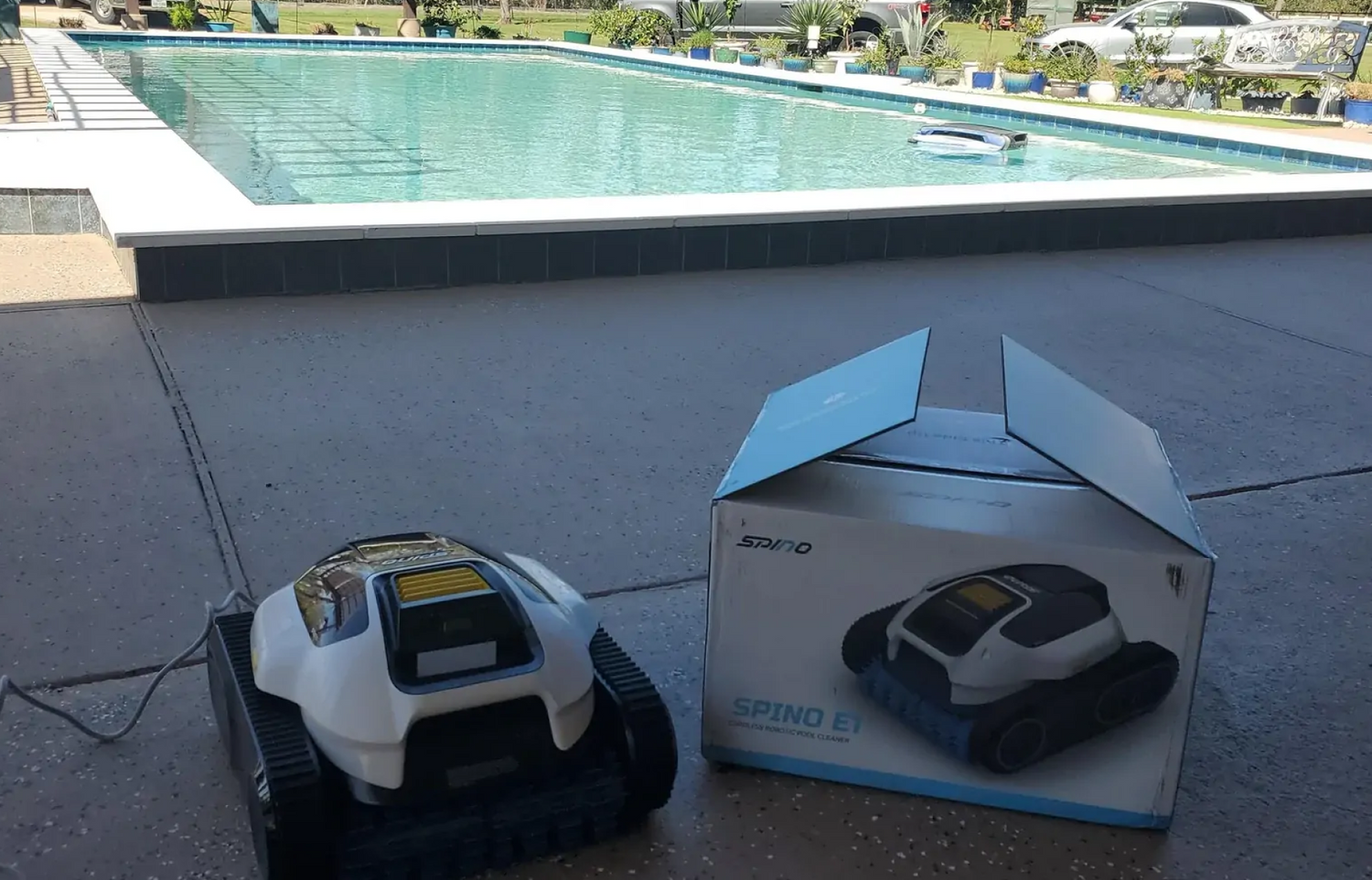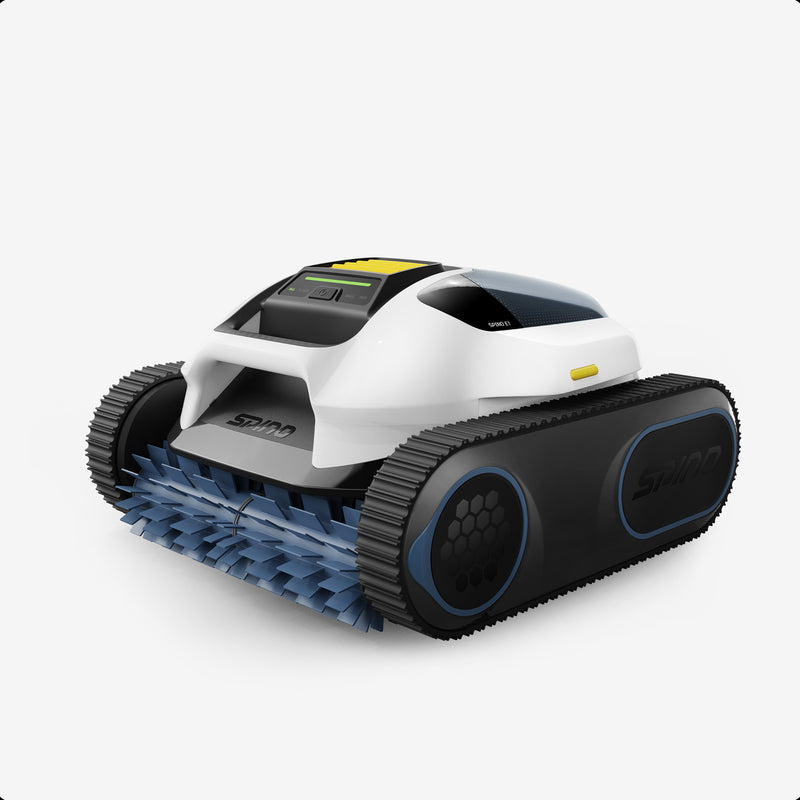Owning an inground pool should be about enjoying crystal-clear water on a hot day—not spending hours wrestling with hoses, nets, and manual vacuums. Modern robotic pool vacuums can take over the dirty work, scrubbing your walls, floors, and even the waterline while you relax. But choosing the right one isn’t as simple as picking the most expensive model.
In this guide, we’ll cover the best pool vacuums for inground pools in 2025, based on cleaning performance, coverage, ease of use, and real-world durability. Whether you need something budget-friendly or a premium all-in-one, there’s a cleaner here that can match your pool’s needs.
Why Inground Pools Need a Specific Type of Vacuum
Inground pools are beautiful, durable, and customizable, but they also present cleaning challenges that above-ground models don’t face. Their deeper structure, varied surfaces, and exposure to different debris types mean that not every pool vacuum can handle the job effectively.
Here’s why specialized design matters:
1. Depth and Slope Navigation
Many inground pools have deep ends, sharp slopes, or multiple levels. Standard cleaners may struggle to climb walls or maintain suction on steep inclines. The best pool vacuums for inground pools are engineered with stronger motors, better traction, and wall-climbing ability to handle these features.

2. Full-Surface Cleaning
Dirt and algae don’t just settle on the floor—they cling to walls and gather along the waterline. A capable robotic vacuum should clean all three: floors, walls, and waterline. Skipping wall cleaning can lead to algae buildup that’s harder to remove later.
3. Debris Variety
From heavy leaves to fine dust and silt, inground pools collect a wide range of debris. Models with dual-stage or fine-particle filters capture both large and microscopic particles, keeping water clearer for longer.
4. Complex Shapes
Kidney-shaped pools, built-in steps, tanning ledges—these features make a pool beautiful but harder to clean. Advanced navigation systems or extended runtimes help ensure no area is missed.
In short, inground pools need vacuums that combine power, coverage, and filtration. A “good enough” cleaner may leave behind debris in hard-to-reach spots, leading to extra brushing and maintenance work. Choosing a vacuum built for these challenges will save you both time and water-treatment costs over the long run.
What to Look for in a Robotic Pool Vacuum
Before purchasing a robotic pool vacuum for inground pools , it is crucial to evaluate several key features to ensure optimal performance and longevity:
1. Comprehensive Cleaning Coverage
Select a model capable of thoroughly cleaning the pool floor, walls, and waterline. Many entry-level vacuums focus solely on the floor, neglecting the walls where algae and grime commonly accumulate, potentially compromising overall pool hygiene.
2. Efficient Debris Handling
An effective pool vacuum must manage a broad spectrum of debris—from large leaves and twigs to fine particles such as sand and silt. Devices equipped with interchangeable or dual-stage filtration systems tend to deliver superior versatility and debris capture across varying conditions.
3. Filter Micron Rating
The micron rating indicates the filter’s ability to trap particle size. Filters rated between 150 to 180 microns efficiently capture fine silt and dirt, whereas those with a 250-micron rating may allow smaller debris to pass through, reducing cleaning effectiveness.
4. Battery Life and Runtime
Extended runtime is essential for comprehensive pool coverage, particularly in larger inground pools. Aim for robotic vacuums offering at least 2 to 3 hours of continuous operation per charge to maximize cleaning efficiency without frequent interruptions.
5. Ease of Maintenance
Daily usability is greatly enhanced by features such as lightweight construction, quick-drain systems, and filter baskets designed for easy removal and rinsing. These aspects minimize downtime and simplify routine upkeep.
6. Warranty and Customer Support
Given the harsh operating conditions—exposure to chlorinated water and outdoor elements—a robust warranty and responsive customer service are indispensable. Reliable manufacturer support ensures peace of mind and safeguards your investment.
Top Pool Vacuums for Inground Pools in 2025
Following extensive performance testing and analysis, the following models represent the best options across various price ranges and pool configurations.
1. Best Overall – Aiper Scuba S1 (2025 Model)
Price: ~$630
The Aiper Scuba S1 offers an exceptional balance of coverage, filtration, and ease of use. It achieves approximately 95% floor coverage and 90% wall coverage, with a runtime exceeding 4 hours. The 2025 update introduces a removable fine-filter floss basket that effectively captures dust and silt without significantly impacting suction power. At 21 pounds empty and 40 pounds full, it remains easy to handle.
Why It’s Great: Excellent cleaning coverage, fine-particle filtration, lightweight design, and reliable warranty support make it a versatile choice for most inground pools.

2. Best for Flat or Gently Sloped Pools – Poolmate Hydro 3S
Price: ~$559
With exceptional suction power and a 150-micron fine filter basket accessible from both ends, the Hydro 3S excelled in debris and sand removal tests. Its primary limitation is reduced wall performance (around 50%) on steep slopes. In flat-bottom or gently sloped pools, however, its efficiency is outstanding.
Why It’s Great: Superior suction and filtration performance at a competitive mid-range price.
3. Best Hybrid Cleaner – WYBOT S2
Price: ~$799
The WYBOT S2 alternates between wall and floor cleaning modes, delivering 95% floor coverage and 70% wall coverage. Its robust build and consistent debris removal make it a dependable choice. Availability of replacement parts, particularly filters, can be a concern for long-term use.
Why It’s Great: Reliable, well-rounded performance for pools with varied debris types.
4. Premium Choice – Aiper X1 Pro Max
Price: ~$2,300
The Aiper X1 Pro Max provides comprehensive cleaning—from floors and walls to the pool surface. Its interchangeable filter system adapts to different debris sizes, and suction performance is excellent. At 72 pounds full, removal from the pool can be challenging, and the high price may be prohibitive for some buyers.
Why It’s Great: A high-end, all-in-one cleaning solution for those seeking maximum versatility.
5. Best Budget Option – Seauto SAT20
Price: ~$349
Lightweight at 30 pounds full, the Seauto SAT20 delivers 95% floor coverage with reasonable runtime. Wall cleaning is limited, so occasional manual brushing is recommended.
Why It’s Great: Affordable, easy to handle, and efficient for smaller inground pools.
6. Best All-in-One on a Budget – Mammotion Spino E1
Price: ~$599
The Mammotion Spino E1 cleans up to 1,600 square feet per cycle, operating for up to 3.5 hours on a single charge. Its three-brush, brushless motor system targets floors, walls, and the waterline, while SmartArc path planning ensures systematic coverage. The automatic waterline docking feature simplifies retrieval.
Why It’s Great: Combines full-pool cleaning, intelligent navigation, and accessibility at a mid-range price.
Pool Vacuums Performance Insights That Matter
Comprehensive side-by-side testing revealed several notable performance trends:
Navigation Patterns – Random vs. Mapped
Contrary to expectations, certain random-pattern robotic cleaners achieved more consistent overall coverage than some “smart-mapping” models, which occasionally left untreated areas. Effective navigation remains a product-specific attribute rather than a guarantee of mapped systems.
Wall-Cleaning Limits
Most robotic pool vacuums can clean up to approximately two inches above the waterline. This is generally sufficient for preventing algae buildup at the water’s edge, but manual scrubbing may still be necessary for coping tiles or high waterline stains.
Debris Type Specialization
Performance often varies depending on debris type. Some units excel in removing large debris such as leaves but underperform with fine particles like sand or silt. Dual-stage filtration systems significantly improve versatility, enabling effective cleaning across both coarse and fine contaminants.
Choosing the Right Vacuum for Your Pool
Before selecting a right pool vacuum for your inground pool, it is important to evaluate factors beyond the technical specifications:
Pool Shape and Slope
Pools with complex shapes, deep ends, or steeply sloped walls may challenge navigation and wall-climbing capabilities. Certain models perform best in flat-bottom or gently sloped pools, while others are designed to adapt to irregular geometries.
Local Debris Profile
The dominant type of debris in your environment should guide your filter selection. In arid, dusty regions, fine-particle filtration is critical, whereas in leafy or wooded areas, a cleaner with strong suction and a large debris basket will be more effective.
Maintenance Frequency
Consider how often you are willing to empty and rinse the filter. High-debris environments may require daily cleaning, making quick-access filter baskets and easy-drain designs highly desirable.
Additional Features
Premium models may offer capabilities such as surface skimming, programmable cleaning schedules, or smartphone app integration. While not essential, these features can enhance convenience and overall pool cleanliness for users who value automation and control.
Maintenance & Longevity Tips for Your Pool Vacuum
A robotic pool vacuum for inground pools represents a significant investment. Proper care can extend its operational lifespan and preserve performance for many seasons.
1. Rinse the Filter After Every Cycle
Residual chlorine, fine sediment, and organic debris can degrade filter media and reduce suction efficiency. Rinsing promptly after each use helps maintain optimal flow and filtration capacity.
2. Avoid Permanent Submersion
Leaving the unit in the pool when not in operation accelerates wear on seals, bearings, and electronic components. Removing it after each cleaning cycle minimizes chemical and water exposure.
3. Store in a Shaded Location
Prolonged UV exposure can weaken plastic housings, seals, and rubberized components. Store the cleaner indoors or under a UV-protective cover when not in use.
4. Verify Parts Availability
Filters, brushes, and tracks are consumable items that require periodic replacement. Ensure that compatible spare parts are readily available from the manufacturer or authorized dealers to support long-term usability.
Conclusion
The most effective pool vacuum for your inground pool is not necessarily the most expensive model on the market. The optimal choice depends on aligning the cleaner’s capabilities with your pool’s shape, size, slope, and predominant debris type, as well as your maintenance preferences.
By matching technical specifications—such as filtration quality, navigation style, and runtime—to your cleaning expectations, you can achieve superior results without overinvesting in unnecessary features.
A high-quality robotic pool vacuum is a time-saving asset that ensures consistent cleanliness, reduces manual effort, and extends the life of your pool’s surfaces and filtration system. Selecting the right model is an investment in both convenience and long-term pool health.
Frequently Asked Questions
1. What type of vacuum is best for inground pools?
Robotic vacuums are often the most efficient option for inground pools due to their self-contained motors, advanced navigation, and superior filtration capabilities. They can clean the pool floor, walls, and waterline without relying on the pool’s pump and filter system.
2. How often should I run a vacuum in my inground pool?
For optimal cleanliness, most inground pools benefit from vacuuming two to three times per week during regular use. In high-debris seasons, daily cleaning may be advisable.
3. Can a robotic vacuum handle both large debris and fine particles?
Yes, but performance varies by model. Units with dual-stage or interchangeable filters are best for handling a wide range of debris, from leaves and twigs to fine sand and silt.
4. Do vacuums for inground pools clean the waterline?
Many advanced robotic vacuums can clean up to two inches above the waterline, effectively removing dirt and algae buildup. However, they cannot scrub far above this level, so occasional manual cleaning may still be required.
5. Are robotic vacuums worth the investment for inground pools?
Yes. Although the initial cost can be significant, a quality robotic vacuum saves time, reduces manual labor, and helps maintain balanced water chemistry by preventing debris accumulation.
6. What maintenance do vacuums for inground pools require?
Regular maintenance includes rinsing the filter after each cleaning cycle, storing the unit in a shaded or indoor area, removing it from the pool after use, and replacing worn parts such as brushes and filters as needed.
7. Can I leave my robotic vacuum in the pool all the time?
It is not recommended. Continuous submersion accelerates wear on seals and electronic components. For maximum longevity, remove the vacuum after each cycle.
8. How do I choose the right vacuum for my inground pool?
Match the vacuum’s runtime, filtration capacity, and coverage capability to your pool’s size, slope, and debris profile. Also consider additional features such as app control, programmable schedules, and surface-skimming functions if they fit your needs.

